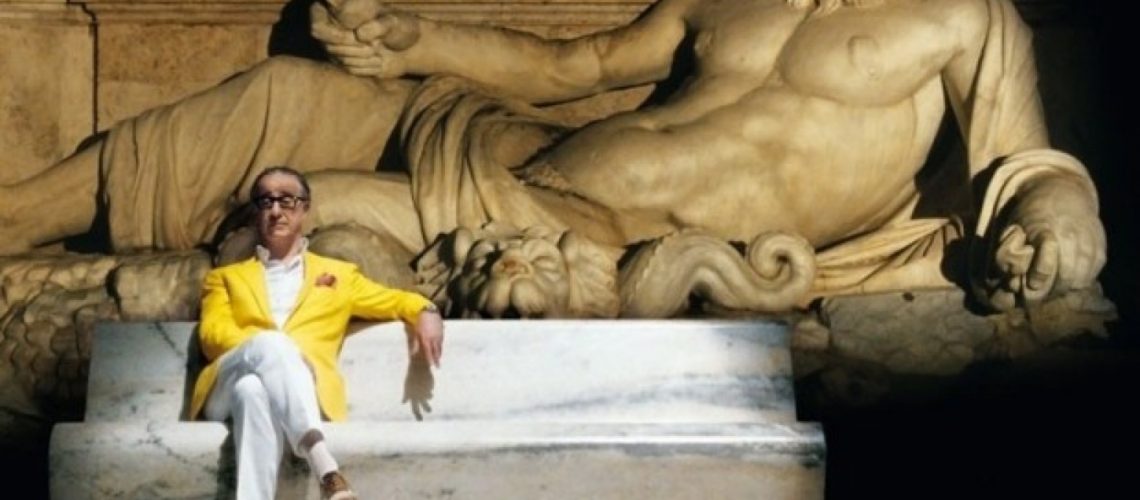The Great Beauty: The Sights of Rome in the Oscar-Winning Film by Paolo Sorrentino

Fifteen years have passed since Roberto Benigni brought the last Oscar to Italy, but thanks to Paolo Sorrentino’s The Great Beauty, Italian cinema is back again to win the most important international awards. And the undisputed star of the film is surely the city of Rome.
Despite the partly bewildered reactions the film has provoked in the Italian press, all agree that Sorrentino has devoted particular care in portraying the capital, reminding audiences around the world of how truly breathtaking Rome’s beauty is.
We start with the protagonist Jep Gambardella’s home. The journalist and theater critic lives in a beautiful penthouse in Piazza del Colosseo, used by the director to film the panoramic views over the Flavian Amphitheater, the Via dei Fori Imperiali and the Circus Maximus.
The opening scene of the film is set at the Acqua Paola fountain – nicknamed “Il Fontanone” (“The Big Fountain”) by the Romans – with a shot of the view from the Janiculum hill. The most renowned areas of Rome are well represented – such as the scene shot on an unusually deserted Piazza Navona at night, in which the protagonist walks with Orietta, finally stopping in front of the church of Sant’Agnese in Agone, a Baroque church worked on by the likes of Borromini and Bernini. Later, the scenes move to Via Veneto (immortalized in La Dolce Vita), the Capitoline Museums, and the Baths of Caracalla.

A fun aspect of the film is that it allows its viewers to accompany the characters in the discovery of the lesser known Rome – even to those who have lived in the Eternal City for years. One of them is Palazzo Spada, renovated by Borromini during the seventeenth century, who added elements of forced perspective. Another one is the Villa of the Priory of Malta on the Aventine Hill, best known for the fact that the entire dome of Saint Peter’s Basilica can be seen through the keyhole. Or Palazzo Braschi, now the Municipal Museum, a building originally presented by Pope Pius VI to his nephew, or the little temple of San Pietro in Montorio, Villa Medici, Palazzo Sacchetti, Palazzo Altemps, and the National Etruscan Museum of Villa Giulia with its exquisite gardens and nymphaeum.
After watching the movie The Great Beauty and regardless of whether the public and the critics like it or not – the film can certainly be credited with guiding the spectator through the most beautiful places in Rome, a city that more than any deserves to win the Oscar.

